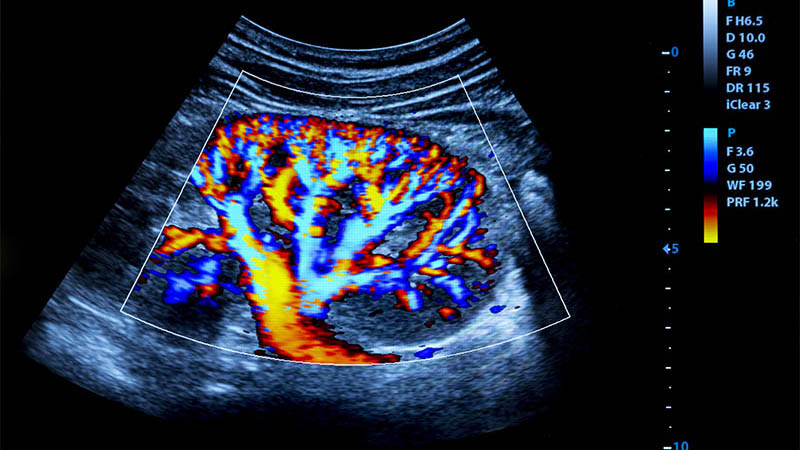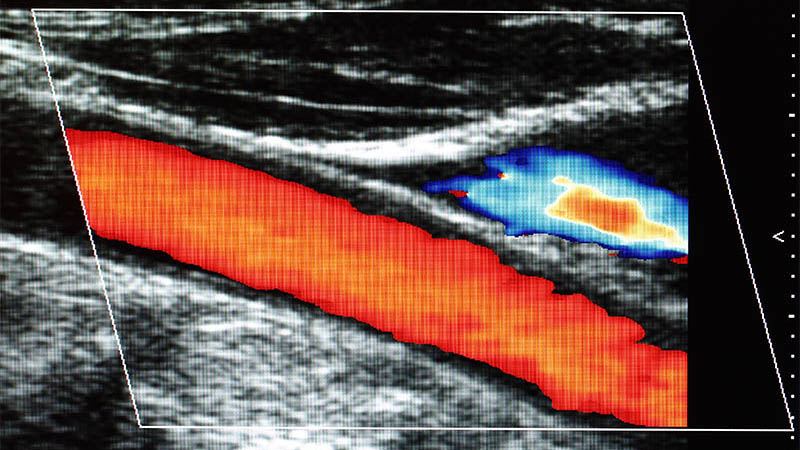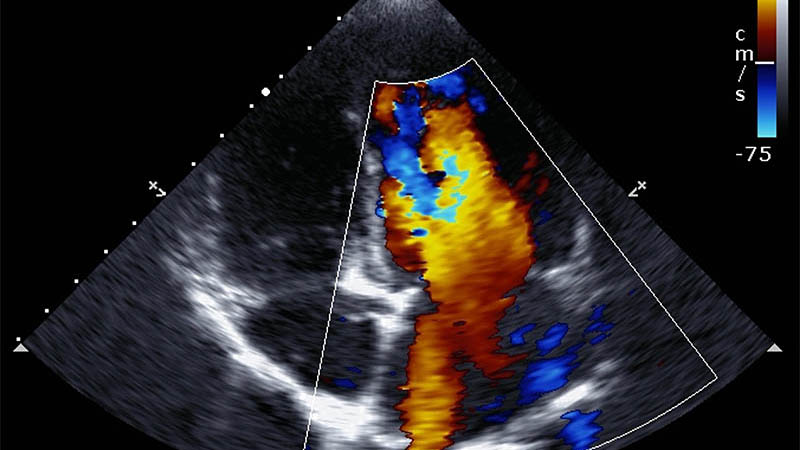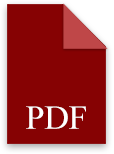Differentiation of triple-negative breast cancer and benign breast lesions using multiparametric ultrasonography
Magdalena Gumowska, Katarzyna Sylwia Dobruch-Sobczak
 Affiliation and address for correspondence
Affiliation and address for correspondenceAim: Assessment of features of triple-negative breast cancer (TNBC) and benign breast lesions in multiparametric ultrasonography, with an emphasis on the added value of sonoelastography. Material and methods: Forty-one women with TNBC and 51 with benign breast lesions, underwent sonographic evaluation at the Maria Skłodowska-Curie National Research Institute of Oncology, Warsaw, between 05.2020 and 11.2023. A retrospective analysis was conducted. The following features of the tumors were evaluated: B-mode characteristics, presence of vascularity, and tissue stiffness in shear wave elastography. Two sets of data were extracted from the database: the first encompassing the total group of tumors (TG), the second comprising small lesions (<20 mm, SG). Statistical analysis for both groups was run independently to investigate if and how the size of the tumor would influence the diagnostic accuracy of the sonographic evaluation. TNBCs and benign entities were compared with t-Student's test, Mann-Whitney U test, Pearson’s chi-square test or Fisher’s exact test. ROC analysis and logistic regression were conducted. Results: For TG, ultrasound showed high predictive accuracy (AUC >0.8) for the following single parameters: elastography other than soft (>80 kPa) and irregular shape. Adding 2 features improved performance, with the highest AUC (0.858) for non-circumscribed margins and irregular shape. For SG, single parameters with the best predictive effectiveness (AUC >0,8) were: irregular shape, elastography other than soft (>80 kPa), and noncircumscribed margins. Elastography other than soft revealed high specificity. Combinations of features with AUC >0.9 were: irregular shape and hypoechogenicity; non-circumscribed margins and hypoechogenicity; and non-circumscribed margins, irregular shape, and hypoechogenicity. Conclusions: Accurate assessment of shape and margins, enhanced by information about tissue stiffness, substantially improves differentiation between TNBC and benign breast lesions.








